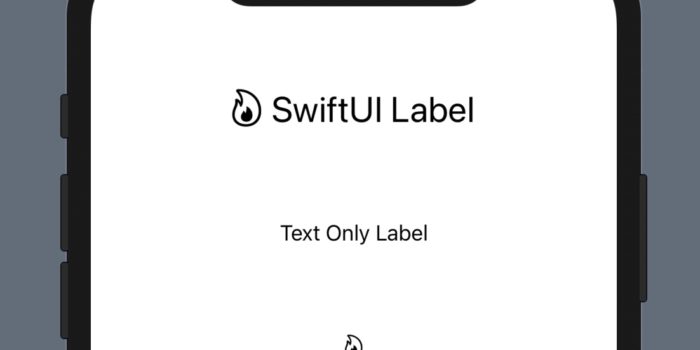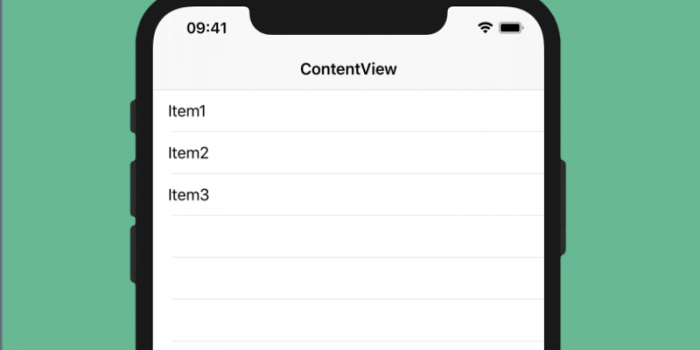Welcome to a fun and easy introduction to app development with SwiftUI! This tutorial will…
Unraveling Int16, Int32, and Int64 in Swift: Key Differences, Code Examples, and Optimization Strategies

Choosing the right integer data types is crucial for optimizing the performance of your iOS apps. In Swift, Int16, Int32, and Int64 are three essential integer types that allow you to store signed integer values. In this comprehensive guide, we will explore the key differences between these data types, provide practical code examples.
1. Int16, Int32, and Int64: Breaking Down the Basics
Swift’s Int16, Int32, and Int64 are fixed-width integer types with widths of 16, 32, and 64 bits, respectively. They each offer unique storage capacities and performance characteristics, making them suitable for a range of applications:
- Int16: Holds signed integers ranging from -32,768 to 32,767
- Int32: Stores signed integers between -2,147,483,648 and 2,147,483,647
- Int64: Accommodates signed integers from -9,223,372,036,854,775,808 to 9,223,372,036,854,775,807
2. Practical Code Examples: Int16, Int32, and Int64 in Action
Let’s dive into simple code examples that demonstrate how to use Int16, Int32, and Int64 in Swift effectively.
// Int16 Example
let smallInteger: Int16 = 32767
print("Int16 maximum value:", smallInteger) // Output: Int16 maximum value: 32767
// Int32 Example
let mediumInteger: Int32 = 2147483647
print("Int32 maximum value:", mediumInteger) // Output: Int32 maximum value: 2147483647
// Int64 Example
let largeInteger: Int64 = 9223372036854775807
print("Int64 maximum value:", largeInteger) // Output: Int64 maximum value: 9223372036854775807
3. Selecting the Ideal Integer Type for Your App
Using a larger integer type than needed may lead to increased memory consumption and decreased performance, while opting for a smaller integer type can result in data loss due to overflow.
Keep the following guidelines in mind when selecting integer types:
- Use Int16 for smaller numbers within its range and when conserving memory is crucial.
- Choose Int32 for moderate-sized integers that surpass the Int16 range.
- Opt for Int64 when handling large integer values or interacting with 64-bit systems and APIs.
Conclusion
Acquiring in-depth knowledge of the distinctions between Int16, Int32, and Int64 is essential for Swift developers. By carefully choosing the most suitable integer type for your app, you can enhance its performance, ensure precise data representation, and contribute to a better user experience. Always consider the storage capacity and performance attributes of each type when making your decision.


